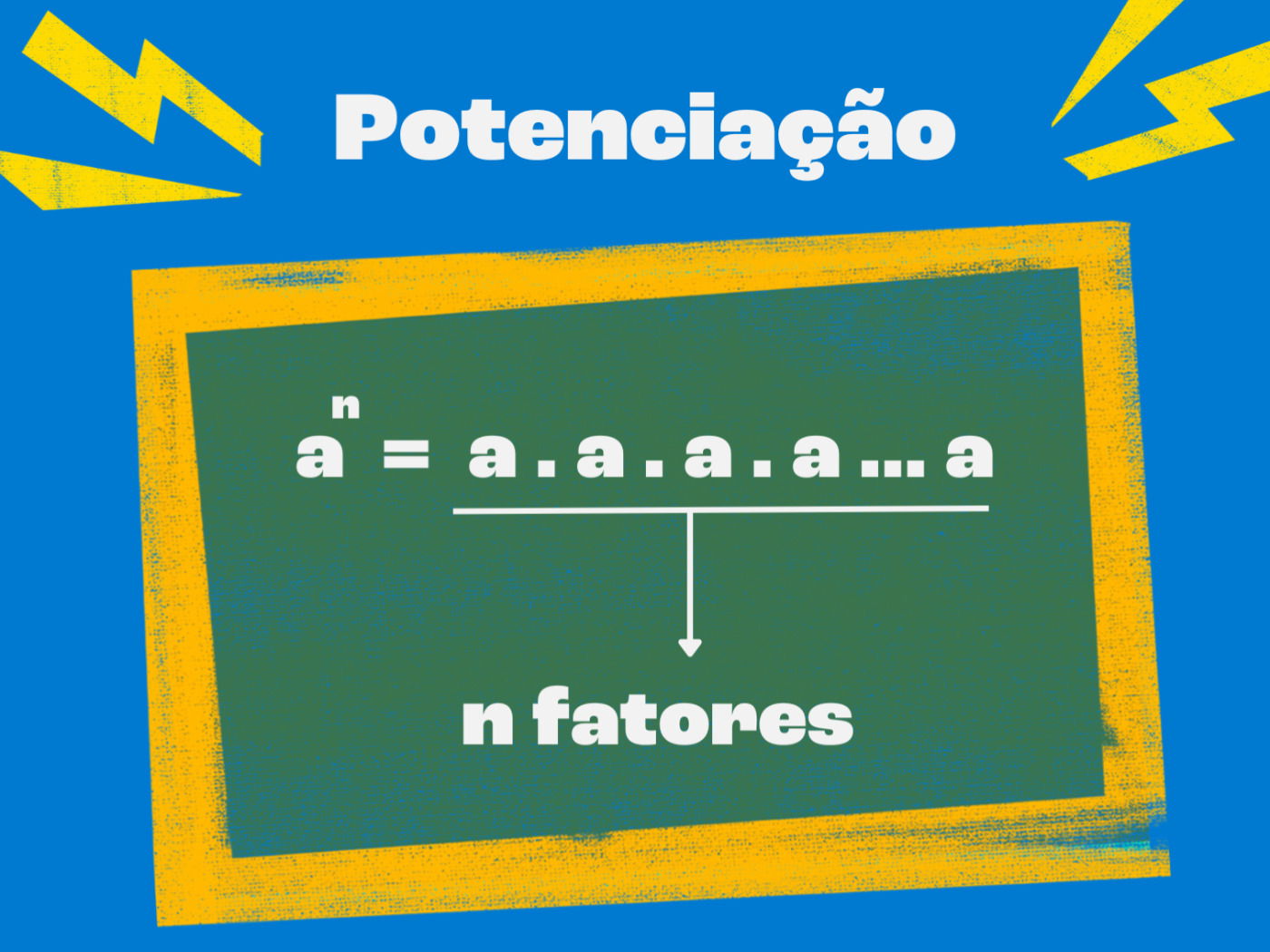
Thanks, and again, sorry for taking so long to understand. From this, shoudn't i be able to work out the angle that the projectile was launched at? As in, if the displacement is 20m, and the time taken is 5 seconds, that means that the average velocity is 4m/s.

BUT to do that, i need to use the angle or the arm when the projectile is released, correct? If this is the case, what would be the best way to work out the angle which the projectile was released at? Assuming that the flight path is parabolic (I think i spelt it right), shouldn't i be able to work out the angle, just by the time taken in flight, the horizontal displacement, and the overall average velocity? (d/t). So i need to find out what the vertical velocity is. I think the 'v' is the vertical velocity, and that's the only variable that i wouldn't have with these formulas. From some research, here's what i've got. Thanks, but how would i find the angle? Each problem is just causing another problem. That doesn't look right, could someone please help out here? Instead of taking me to other links, please explain to me what im doing wrong, and please provide an example with working out etc. Y=Vertical Velocity * time + 0.5 * -9.8 * time2 (time squared) Now, to get the height, i use this formula Would just using the average velocity work? (distance/time)įor example, i shoot the projectile 20 meters (displacement)įrom that, the average velocity is 4m/s. I can get the distance of the flight path if i work out the height, but the formula on that link uses vertical velocity. So i'll automatically be able to get the time of flight, and displacement. I'll be doing tests with my trebuchet, and i'll have to find out all of these things from scratch. Sorry, im not a scientist/physics person.
OG BASE 3 OF X IN GRAPHMATICA HOW TO
Im not sure how to get the vertical velocity, as some of the examples had a vertical and horizontal velocity which were different. Thanks, however the formula which im after involves 'vertical velocity'. I really hope you can answer my last 2 questions! Is there a formula that can work this out, if i already new the time taken, the displacement, and height? However, that is a lot of stuffing around. Well i was thinking, i could get the hypotenuse of each of these little triangles, and add them all up, and that would get me the distance of the flight path (Close to it, a little shorter). Now, see how i've made the circle around one point, and notice how each of these areas are now close to a right angled triangle. I couldn't do it because it's my first post, and you cant post URLS on your first post)

/img79/1197/physicsformulasz6.png (add h t t p : / / in front of it. If i get the arc of the flight path (in graphmatica), by adding in the starting point, heighest point and landing point, i should then be able to draw many vertical lines through this flight path, and then some horozontal lines through those vertical one's, where the vertical one's meat the flight path. I came up with a solution which i think is very close to correct, however it will be a little out. This one is tricky, i have spoken to my teachers about this and they say that it's not expected of me to do this, because some of them didn't even know how i would do this.

Anyway, now my question is, what is the formula for working out this?Ĥ) The distance of the projectiles flight path Then if in test 2 it does the same length, except it takes 6 seconds, this will mean that it went heigher. Shouldn't I be able to find out the largest height of the projectile, by using the time taken, and the displacement? For example, if in test one the projectile go 20m long, and it takes 5 seconds. I have not figured out an accurate way to do this yet, but please correct me if im wrong when i say this. This is also easy, by using the displacement, and the time taken to get there. This is easy enough, simply measure the distance from where the projectile takes off, and where it lands. I have it throwing a projectile easily enough, but for my experiment, i need to find out the following data For physics at school, i have built a trebuchet, which stands about 1.2 meters tall, and the arm is about 2 meters long. Hey guys, this is my first post, so im sorry if this is in the wrong section.


 0 kommentar(er)
0 kommentar(er)
